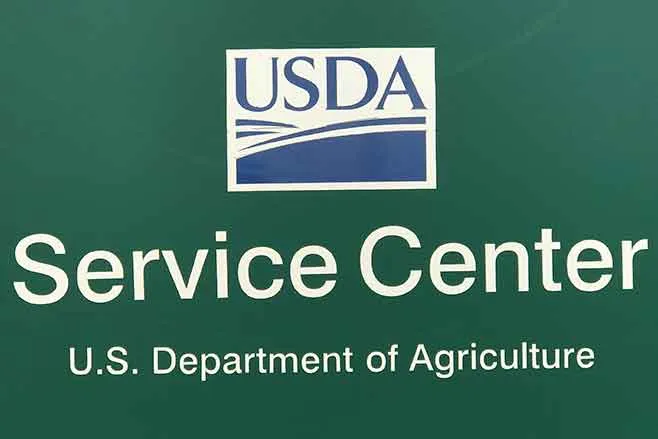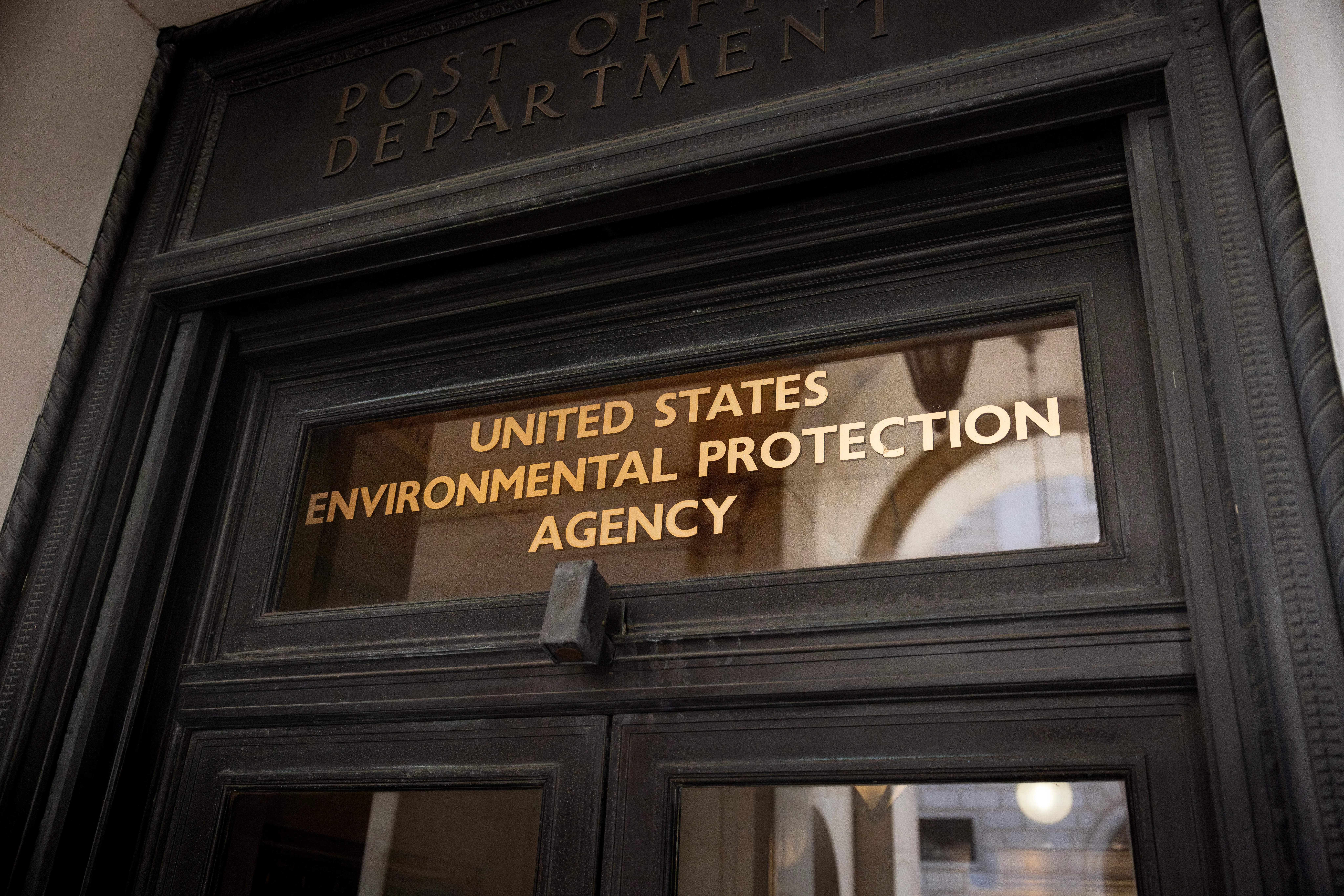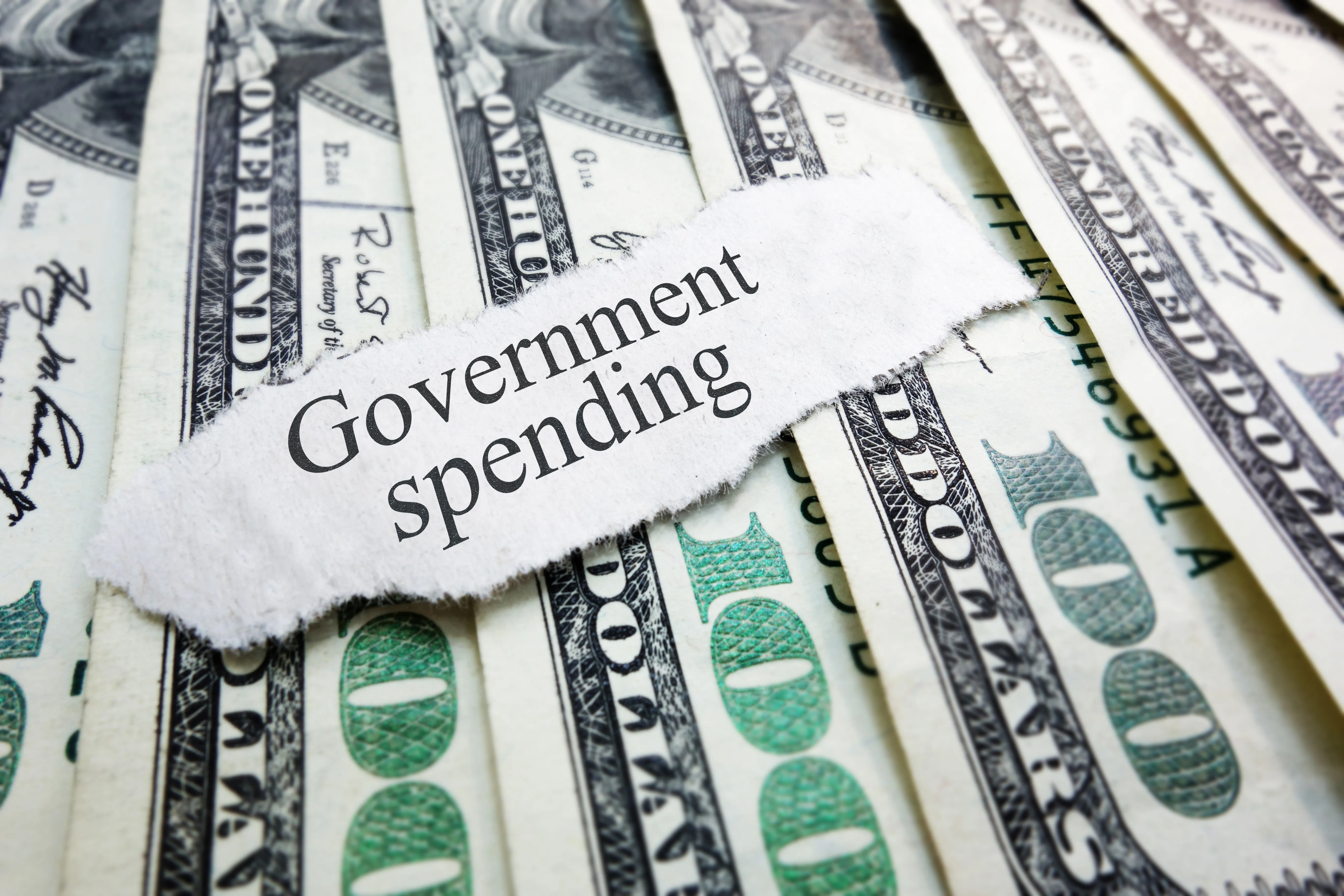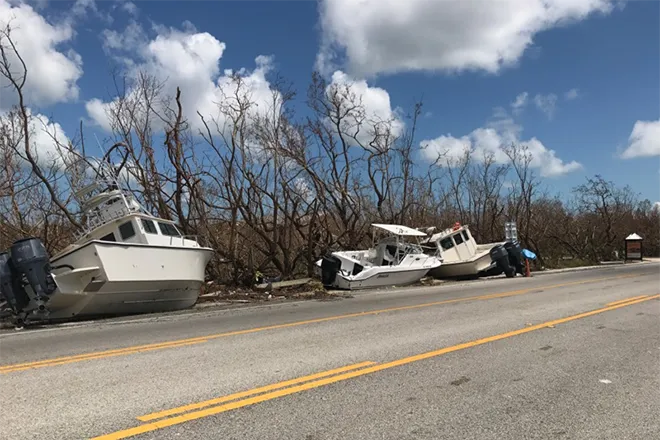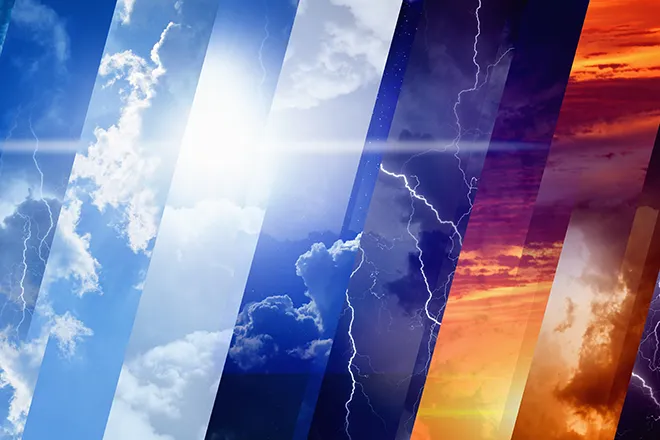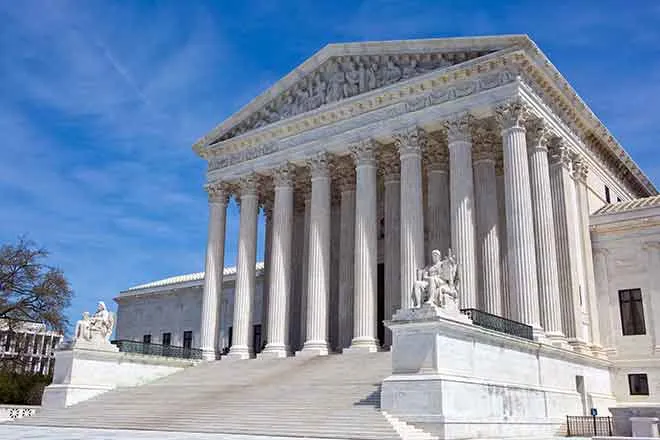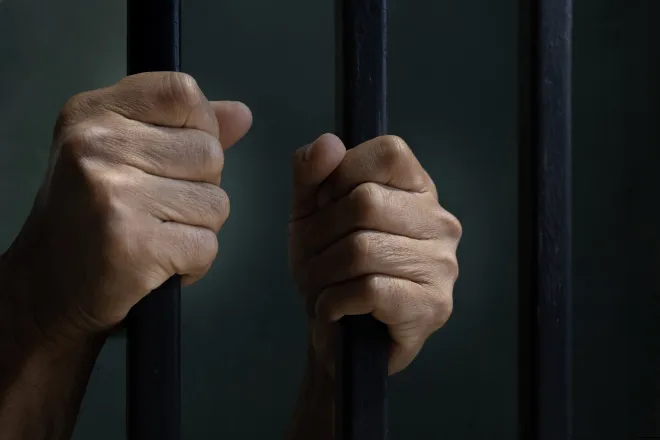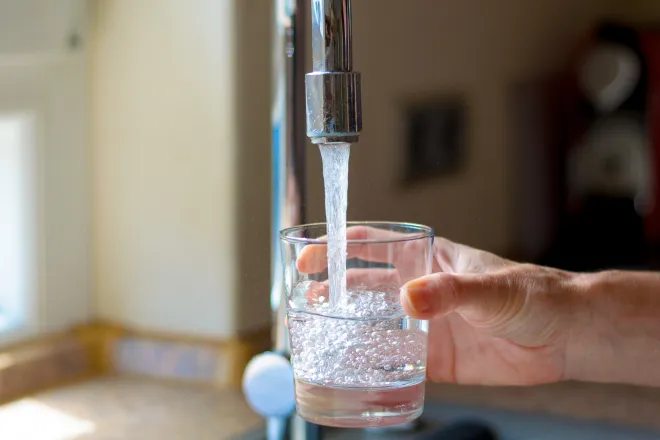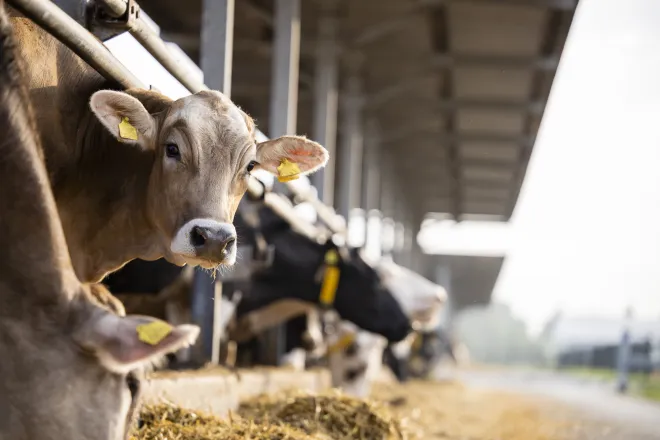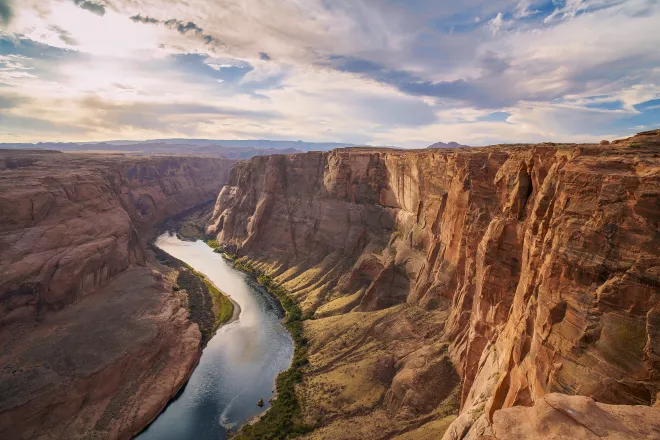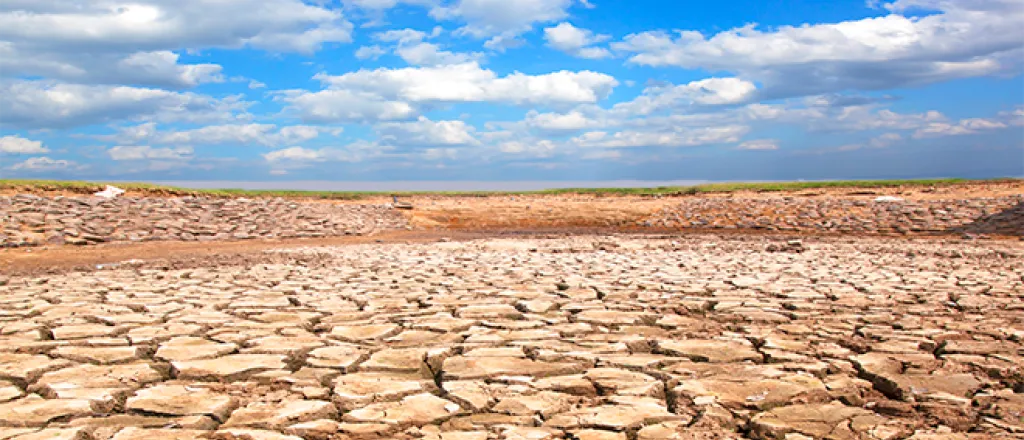
Utah creeps deeper into drought as long-term forecasts point to a hot summer
Drought is starting to creep back into Utah on the heels of an average winter, with long-term forecasts pointing to an abnormally hot summer.
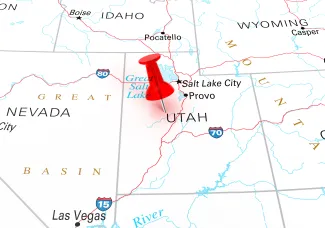
According to the three-month seasonal outlook from the National Weather Service, the Beehive State is expected to have above average temperatures through August. Meanwhile, the service says it’s unclear whether there will be above or below average precipitation this summer — according to its models, there’s an equal chance of both.
“Hotter doesn’t always mean drier. We are right now showing for most of the state at about equal chances of average precipitation,” said Joel Williams, deputy director of the Utah Division of Water Resources, speaking to lawmakers earlier this week.
Those three month outlooks are not an exact science — but they do come amid increasingly bleak water conditions for much of the state. Despite an average snow year for northern Utah, the southern regions had a “dismal” winter, Williams said.
The snowpack for some basins in the southwest veered into unprecedented territory this winter and according to the Natural Resource Conservation Service, much of southern Utah remained below 45 percent of normal moisture.
Abnormally dry conditions expected across Utah this summer
And across the state, drought is starting to rear its head again after two good years. This time last year, about 25 percent of the state was considered abnormally dry, while just 0.2 percent was in moderate drought — now, 39 percent of Utah is in severe drought, with 3 percent in extreme drought, according to data from the U.S. Drought Monitor.
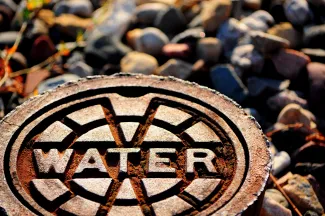
© artzenter - iStock-509493427
Just the high elevation areas of Utah, Salt Lake, Wasatch, Summit and Morgan counties, and a sliver of Box Elder County, are in the clear. The rest of the state is facing at least abnormally dry conditions.
Most of Washington County is in extreme drought, extending into parts of Iron County. And Tooele, Juab, Millard, Beaver, Iron, Kane, Garfield, San Juan, Grand and Uintah counties all have areas in severe drought.
“The last two years of above average snowpack helped us but now we’re starting to see the drought creep back in. And as we say in Utah, we’re either in drought or preparing for the next one,” Williams said.
Those conditions led Utah Governor Spencer Cox to issue a drought-related emergency declaration, giving farmers in the state access to low-interest loans to help weather the dry conditions.
Eligible farmers can apply for seven-year loans of up to $100,000 each, with two years of no interest and 2.75 percent interest thereafter, according to the department. Applications for the loans will be accepted until Oct. 23.
The good news, Williams said, is Utah’s reservoirs are in healthy shape. Across the state, reservoir levels are about 20 percent higher than normal, with nearly every reservoir in northern Utah above 80 percent capacity. Utah Lake, Strawberry, Jordanelle, Deer Creek, Rockport, Smith and Morehouse, Pineview and Starvation reservoirs are all around 95 percent or higher.
“Those full reservoirs that we have, those could really help us if we’re heading into another drought,” said Williams.

